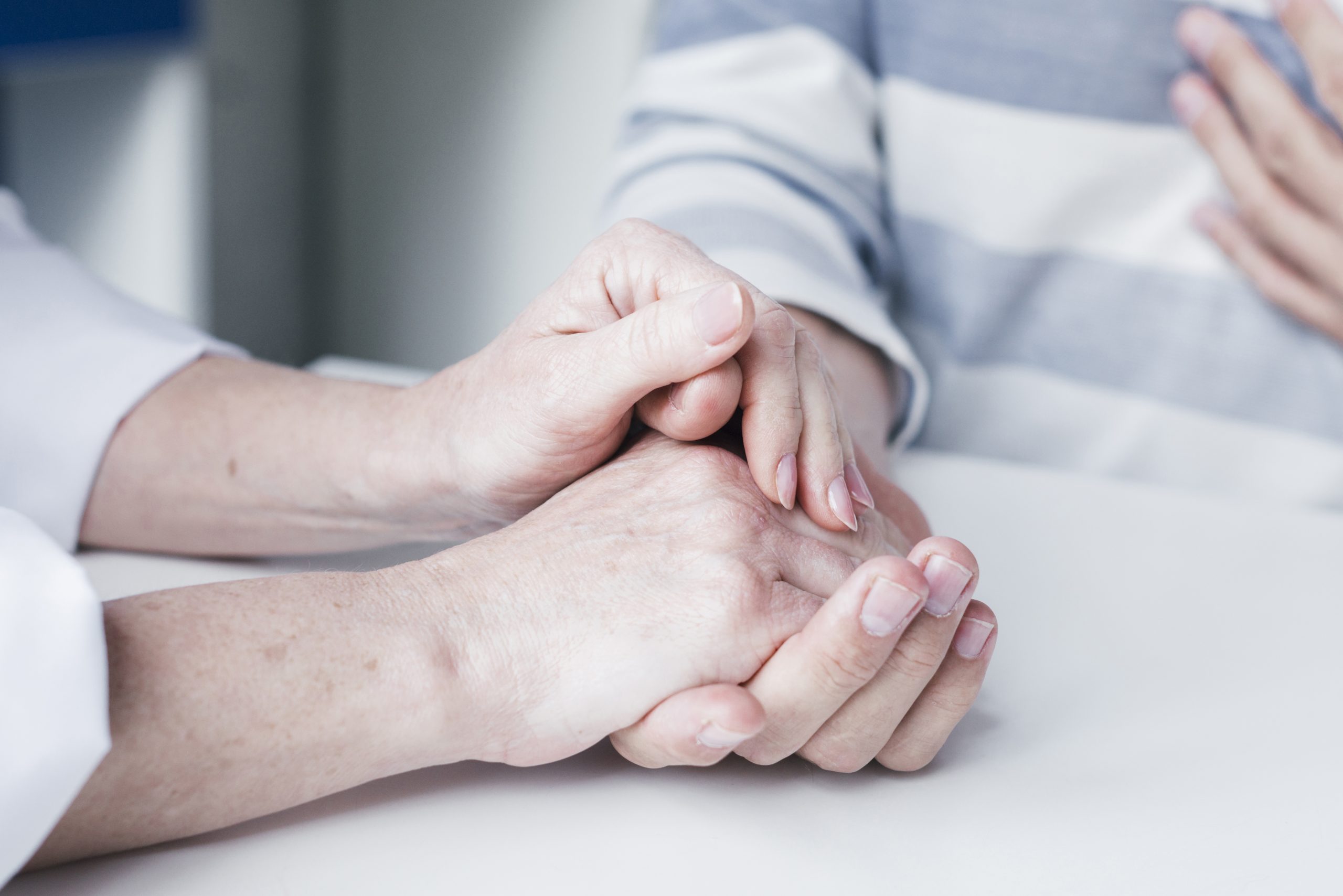

Scripps Research and Cardiff University scientists have achieved important discoveries in support of a potential stem cell-based therapy for Parkinson’s disease. The method, known as autologous treatment, employs induced pluripotent stem cells (iPSCs) derived from a patient’s own skin or blood cells to replace the neurons in the brain that are lost in Parkinson’s disease. Immunosuppression is not required when a person’s own cells are transplanted.
In a new study, researchers employed iPSCs derived from the skin cells of two persons with Parkinson’s disease to create young neurons that were effectively transplanted into a Parkinson’s disease-affected rat model. They used the animal model to determine when iPSC-derived neurons should be transplanted to become mature neurons capable of reversing illness symptoms in the rat brain.
The study, published in Stem Cells and Development, represents an important step toward clinical trials of autologous iPSC-derived neurons in Parkinson’s disease patients.
This paper reports important progress toward development of an autologous cell replacement therapy for Parkinson’s disease,” says senior author Jeanne Loring, Ph.D., professor emeritus and director of the Center for Regenerative Medicine at Scripps Research and co-founder of Aspen Neuroscience, Inc. “These results give us confidence that personalized therapy is feasible for Parkinson’s disease.
Researchers have been working on strategies to use iPSCs, which can create any cell type in the body, to cure a number of disorders characterized by faulty or missing cells for over a decade. Parkinson’s disease patients have neurons in their brain that create a chemical messenger called dopamine.
The ensuing low amounts of dopamine cause Parkinson’s symptoms, which include tremors and delayed movement. There is presently no cure for the disease, and only a few treatment options are available. Each year, over 90,000 people are diagnosed with Parkinson’s disease, and 10 million people worldwide live with the disease.
Clinical trials employing stem cells to replace dopamine-producing neurons in the brains of persons with Parkinson’s disease are already begun, but the experiments all use mismatched cells from the lab or a donor, rather than cells from the patient’s own body.
“When you transplant neurons derived from someone else’s cells, those cells will be rejected by the immune system, requiring the use of immunosuppressive drugs that are often not well tolerated,” says Loring.
Instead, Loring and co-senior author Mariah Lelos of Cardiff University concentrated on iPSCs produced from patients. They hoped to determine the best developmental stage for transplanting the precursor neurons in the new study.
They discovered that transplants of two stages of early-neuron progenitors could both be effectively implanted into the brain. They were startled, however, to learn that only one stage, the early precursors, was successful in reversing Parkinson’s disease symptoms. They discovered the difference when they looked closer: the younger cells were better able to connect with other neurons.
When the scientists studied the cells to see which genes were expressed by each of the neuronal precursor stages, they discovered that several genes involved in neuronal differentiation were turned off in the younger cells and on in the older ones.
“At this earlier time point, the cells are poised to become neurons, and when they are put into the brain, they receive the signals to turn on those genes and finish their development. This allows them to make connections with the host,” explains Lelos. “If they’re farther along in development, they no longer respond to those initial developmental signals.”
“Knowledge of which genes are turned on in neuronal precursors that are in the optimal developmental state to treat Parkinson’s can help researchers screen cells before transplanting them into patients,” Loring adds. “The gene expression analysis should greatly improve the probability of successful transplants,” she says.
Researchers employing iPSCs to create therapeutics for other disorders, such as Huntington’s disease, age-related macular degeneration, and heart failure, may benefit from the discoveries as well.
more recommended stories
 Walking Speed Before Hip Replacement Predicts Recovery
Walking Speed Before Hip Replacement Predicts RecoveryNew Evidence Points to a Simple,.
 Neuroblastoma Drug Combo Extends Survival in Models
Neuroblastoma Drug Combo Extends Survival in ModelsA Promising Shift in High-Risk Neuroblastoma.
 How Soybean Oil Impacts Weight Gain and Metabolism
How Soybean Oil Impacts Weight Gain and MetabolismWhy Soybean Oil May Affect Metabolism.
 Coffee and Cognitive Function: Evidence Review
Coffee and Cognitive Function: Evidence ReviewA new narrative review in Cureus.
 Colorectal Cancer Screening Rates Low in Adults 45–49
Colorectal Cancer Screening Rates Low in Adults 45–49Recent UCLA research reveals that colorectal.
 Gut Immune Cells and Long-Lasting Antiviral Protection.
Gut Immune Cells and Long-Lasting Antiviral Protection.Breakthrough Findings on How Gut Immune.
 Mild Pancreatic Duct Dilatation Signals Higher Cancer Risk
Mild Pancreatic Duct Dilatation Signals Higher Cancer RiskEarly Structural Changes Offer Critical Clues.
 How the Uterus Senses Force During Labor: New Insights
How the Uterus Senses Force During Labor: New InsightsA new study published in Science.
 Fat-Free Mass and Brain Outcomes in Preterm Babies
Fat-Free Mass and Brain Outcomes in Preterm BabiesEarly Fat-Free Mass May Hold the.
 How Hormones Shape Dopamine-Driven Learning
How Hormones Shape Dopamine-Driven LearningNYU Study on Hormones and Cognitive.

Leave a Comment